While no breed is immune to health problems, some have more than others and, most importantly, they have different kinds. The major health problems commonly found in large breed dogs are different than those found in small breeds, so it’s important to know what you’re up against should you decide to go with with a large breed. Here we’ll discuss some of the most common problems large breeds are susceptible to.
#1 – Hip Dysplasia
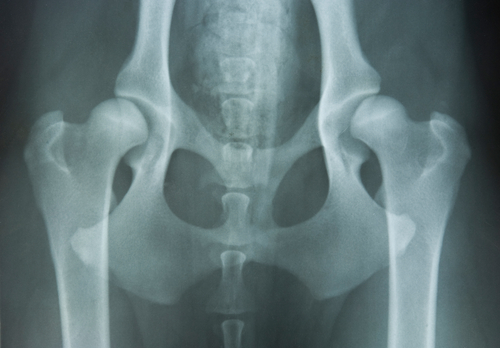
Hip dysplasia is an orthopedic condition in which the hip joints don’t fit correctly into or are located outside of the hip joint, depending on the severity of the condition. Although it’s unknown what exactly causes hip dysplasia, large breed dogs are at a higher risk for the disorder. While some dogs live normal, healthy lives with bad hips, others need surgery to even allow them to walk around. Fortunately, there is testing for canine hip dysplasia and breeders are working hard to eliminate the disease.
#2 – Elbow Dysplasia

Just like hip dysplasia, elbow dysplasia happens more often in large breed dogs than it does in smaller ones. Dogs can live normal lives with elbow dysplasia, or may need surgery to allow them to live without pain. Although elbow dysplasia is the result of various abnormalities in the development in the elbow joint, it’s still unknown what exactly causes the disorder. There are tests to rule out unhealthy breeding stock, however, and breeders are consciously working towards eliminating the disease.
#3 – Panosteitis
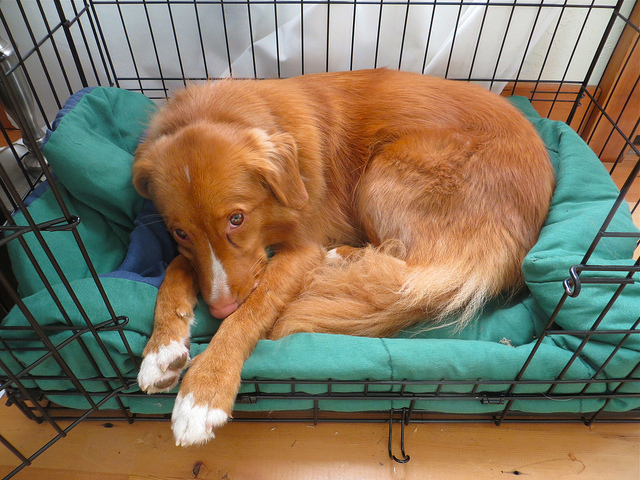
Panosteitis, or Pano, is a type of bone inflammation often found in growing dogs in large breeds. It typically happens before the puppy is 1 year of age and appears as sudden pain and lameness in one or more legs. Interestingly, Pano can jump from leg to leg with one getting better while another gets worse. It’s unknown what causes Pano, but speculation leaves professionals to believe that it has to do with rapid growth and high-protein foods often fed to large breed puppies.
#4 – Bloat & Torsion
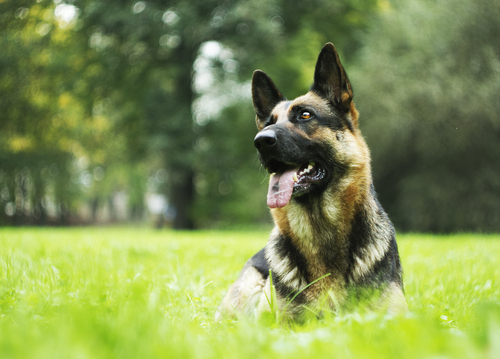
Bloat happens when the stomach fills with air, while torsion is when the stomach actually flips over on itself. This condition, known as Gastic Dilatation-Volvolvus, is an emergency situation as it is very shortly life-threatening. While the causes of GDV are still unknown, the condition does arise in large, deep-chested breeds far more than smaller dogs. If you own a large breed, it is very important to recognize the signs of GDV so you can get you dog to the veterinarian as soon as possible.
#5 – Dilated Cardiomyopathy
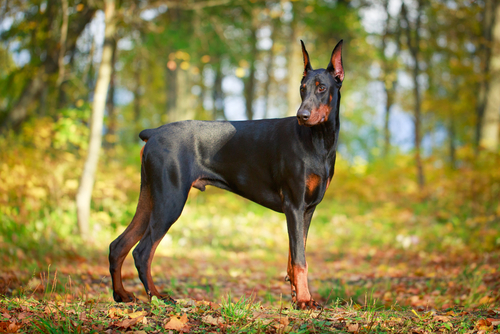
Dilated Cardiomyopathy is a very serious heart condition in which the heart becomes inflamed and doesn’t function properly. This diseases causes the chambers of the heart to increase in size while the walls of the heart are stretched too thin. There is no cure for Dilated Cardiomyopathy and affected dogs will need careful attention and medication their entire lives. However, there are special tests available for breeders to rule out breeding dogs with this disease so they can eliminate it in future generations of their large breed dogs.
#6 – Aortic Stenosis
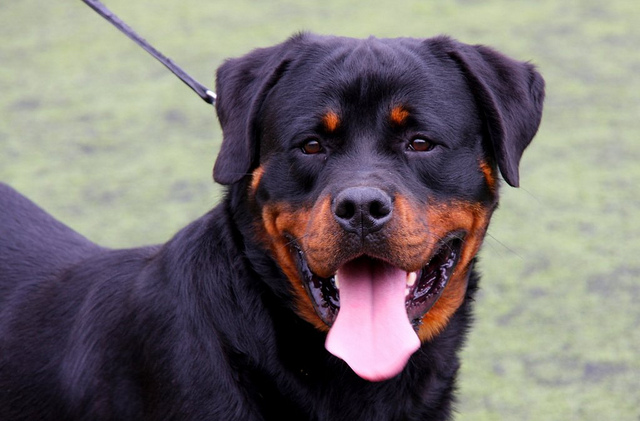
Aortic Stenosis is a serious heart disease in which the area just above the aortic valve becomes narrow, obstructing blood flow. While dogs with mild Aortic Stenosis may live normal lives, dogs with severe cases are at a high risk of sudden collapse and death. The disease is hereditary, particularly in large breed dogs, and can be seen on cardiac evaluations by veterinarians, so breeders can eliminate these dogs from their breeding programs and ensure healthy animals in the future.
#7 – Spondylolitheses
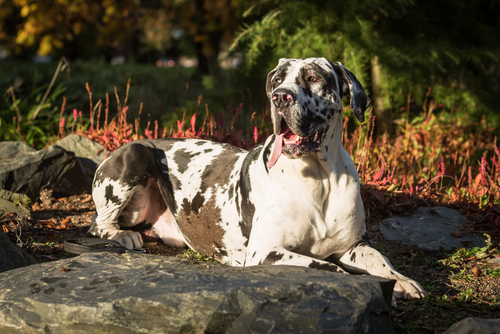
Spondylolitheses, also known as Wobblers, is a malformation of cervical vertebrae that cause weakness and unsteady gait in dogs. There are a number of different ways Wobblers can develop, but the disease is hereditary and found very often in some large breed dogs. Unfortunately, the disease is progressively and the dogs will soon lose the ability to move around normally. Treatment can be either medication to control progression or surgery to correct the spinal malformation, but in either case the prognosis is guarded.
#8 – Cruciate Ligament Tears
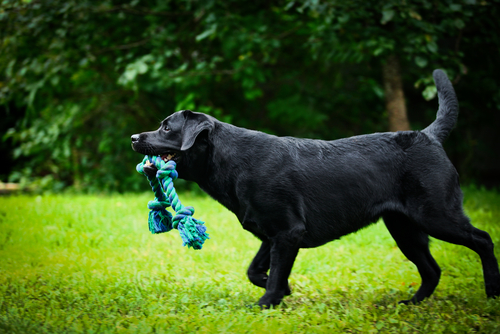
Cruciate ligament tears are typically the result of trauma due to excessive activity or sudden movements. Large breed dogs are more susceptible to the injury. They have heavier bodies and sharp turns or poor lands from jumping can cause a twisting of the legs and tear the ligaments. It’s important to exercise your dogs carefully. Make sure they’re in good shape before training or competing in any dog sports. An overweight dog is more likely to be injured than one at a healthy weight.
#9 – Cherry Eye

Cherry Eye is a condition most often found in Mastiffs, but it does occur in other large breed dogs too. It’s a condition in which the third eyelid protrudes from the eye. It forms a mass that becomes increasingly more irritated and inflamed. If left untreated, the condition can become painful and infected, causing a variety of other eye conditions. Luckily, if caught early enough, Cherry Eye can be treated without surgery.
#10 – Arthritis
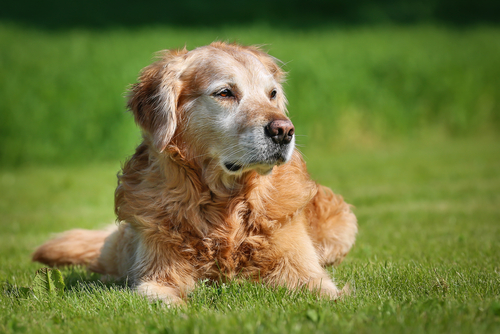
While all dogs can and do develop arthritis as they age, certain diseases and injuries can increase the chances. Large breed dogs are more susceptible to hip and elbow dysplasia and cruciate ligament tears. This makes them more likely to develop painful arthritis at a younger age. Larger dogs also age faster, causing arthritis to come on sooner.
The major health problems commonly found in large breed dogs are different than those found in small breeds. See this article on the 10 Most Common Health Concerns For Small Breed Dogs.
 Toledo, United States.
Toledo, United States.
